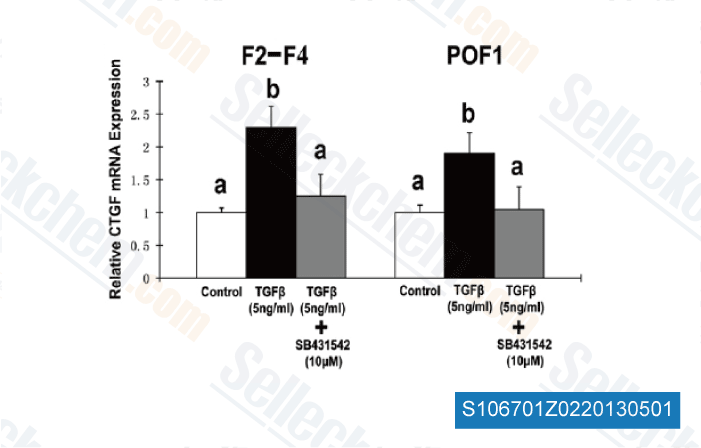Therefore, the influence of claudin 1 on these signaling pathways within the BT 20 HBC cells hints with the complexity of its involvement in cellular processes and tumorigenesis. The effect of claudin 1 on cell migration was dose dependent. We ob served that the price of migration of clone three, a clone through which claudin 1 was virtually completely knocked down, was slower compared for the other clonal line, clone four. Our earlier research indicated that tumors which dis played the basal like phenotype more frequently expressed claudin 1, and have been also more more likely to express increased levels of claudin 1. Countless of those tumors also displayed mislocalization of claudin 1 to the cytoplasm, suggesting that the purpose of claudin 1 during the breast cancer cell is in fluenced not merely by its level but by its location likewise.
Altogether, our studies show that substantial claudin 1 pro tein levels selelck kinase inhibitor are significantly linked that has a certain group of older BLBC individuals. On this regard, claudin 1 has the likely to serve as being a marker for any subset of pa tients within the BLBC phenotype and in so carrying out may facilitate more customized management of this illness. We also show in vitro that in basal like HBC cells, claudin one inhibition final results in decreased cell migration. For that reason, the expression of large claudin one amounts in the BLBC subtype, particularly in females above fifty five years of age suggests that these sufferers may possibly warrant extra ag gressive therapy as their breast cancer could possibly be even more migratory resulting in a tendency to move far from the primary place.
Conclusion Though there is a developing appreciation for the Diosgenin hetero geneous nature of breast cancer, now, many with the breast cancer subtypes identified continue to be poorly cha racterized. A consequence of this lack of biological in sight is that the a lot more aggressive subtypes such as the BLBC bring about poorer prognosis, as present therapeutic tactics are primarily ineffective. It truly is consequently essential to completely delineate the function of structural proteins this kind of as claudin one in breast cancer as such information could facili tate much more useful patient management. These observa tions will contribute more to your characterization of this poorly characterized breast cancer subtype, and will en hance our comprehending within the paradoxical illness out come which is often connected with individuals with BLBC. Consent Written informed consent was obtained in the patient for publication of this report and any accompanying images. Background Colorectal cancer could be the third most typical cancer around the world, with an estimation of 1. two million new scenarios annually and more than 600,000 deaths. The risk of CRC increases with age, whereby most circumstances are diag nosed in  persons aged 50 and over.
persons aged 50 and over.
TCR Signal
Transcription is regulated by proteins called sigma factors.
